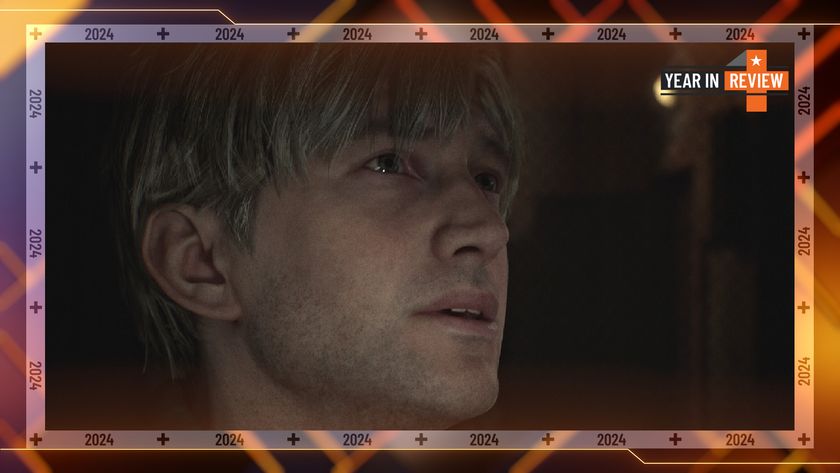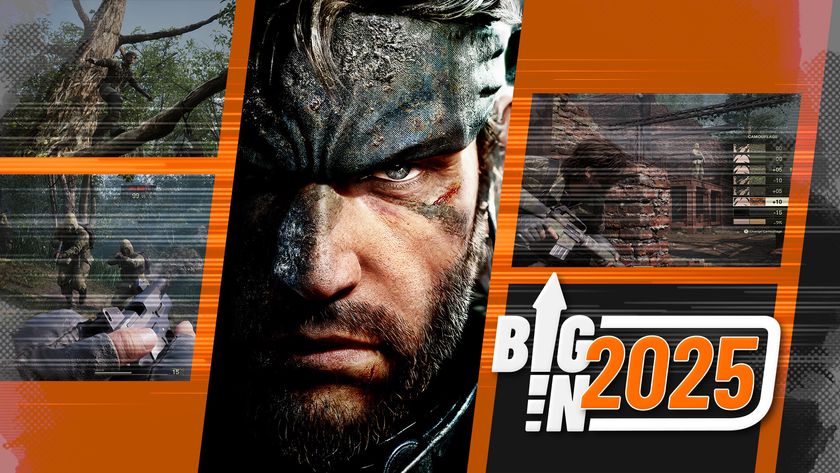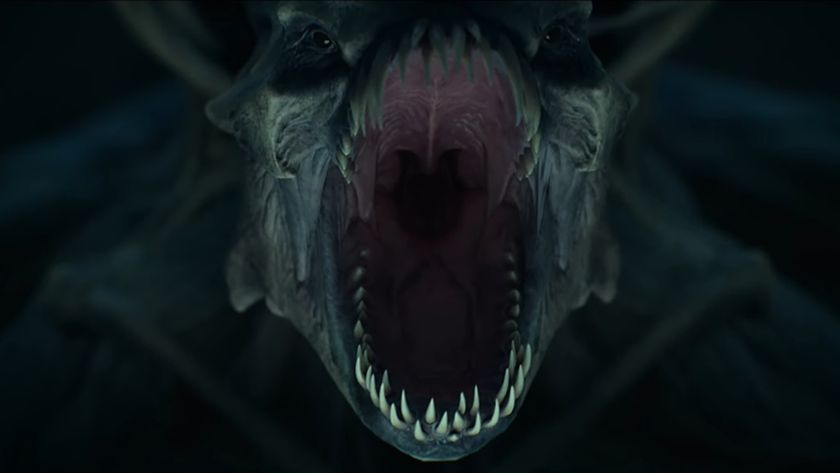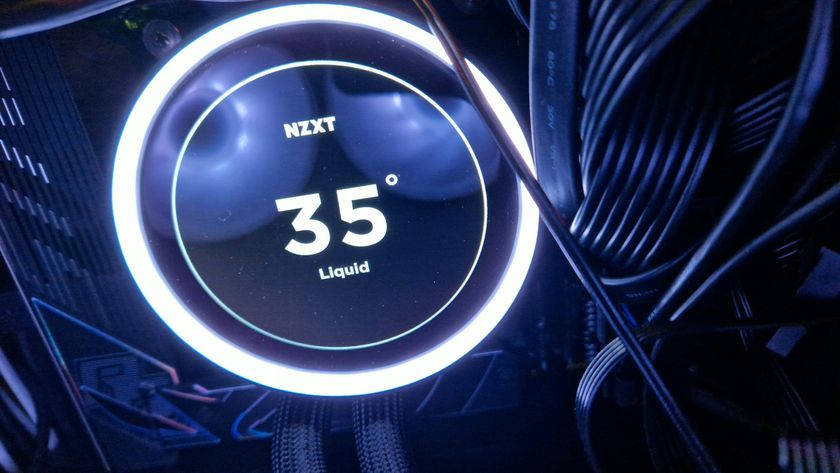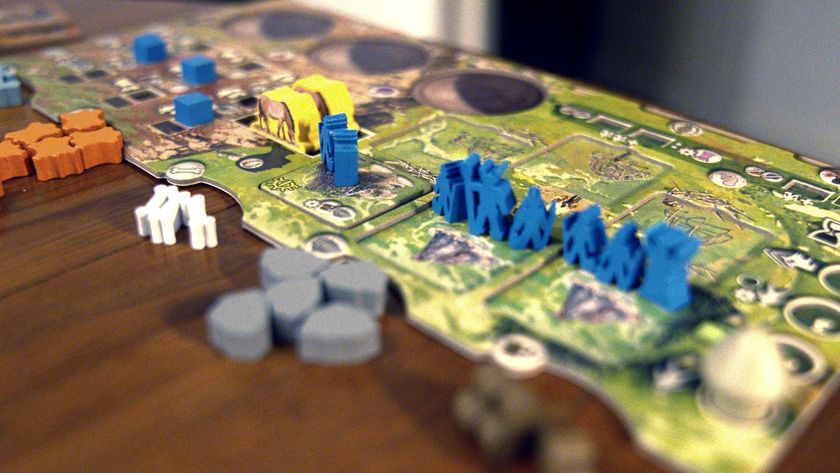12DOVE Verdict
Silent Hill 2 both succeeds and falters because of its almost reverential recreation of the original. While that makes for a good horror game overall, it shies away from improvements or reinterpretations that could have smoothed over older ideas or enhanced dated mechanics.
Pros
- +
An atmospheric and layered horror game
- +
Varied mix of exploration and puzzle solving
- +
Great scares and a grinding sense of menace
Cons
- -
Stays too close to the source material
- -
Enemies lack character
Why you can trust 12DOVE
I yelped and flinched more than a few times playing the Silent Hill 2 remake, which isn't bad going for an exactingly precise remake of a 23-year-old horror game that even people who haven't played it mostly know inside out. That was largely thanks to the Mannequins, those enemies that look like legs with more legs on top. They have a horrific habit of just standing in plain sight, tucked in a corner or nestled against some shelves – completely visible but somehow so, so easy to miss. 'I'll just explore this dark and totally empty room LEGSINMYFACE! OH GOD WHY ARE THERE SO MANY LEGS IN MY FACE!'
Barely hours into the game I ended up a twitchy wreck, standing outside rooms for far too long and peering nervously inside for an excess of limbs. Even without that leggy jump scare, the atmosphere and general mood of Silent Hill 2 is a grimey, foreboding sense of tense expectation. Sure, it largely owes that to using the original like a mold, pressing out an exact recreation rather than sculpting anything new, but it works – the darkness, the weak torch that just makes it worse, and the grinding loop of ambient screeching sound that picks at your nerves as you explore, make a satisfying horror experience.
Satisfying is probably not the first word you were expecting to sum up a game famous for murder nurses and sexually repressed purgatory, but it's the best way to describe my experience. It's a big, well made interpretation that maybe plays a little too safely with its careful replication, but in doing so (re)creates a good horror game full of pace, variety and moody foreboding.
Remaking a game embedded in almost everyone's subconscious whether they've played it or not, was always going to be somewhat of a poison chalice. Even outside a passionate fanbase, almost everyone vaguely knows the gist of the story, subtext, monsters, and so on. Do you risk a backlash by reinterpreting or changing things, or play it safe and just follow what was there? Bloober Team has firmly gone with the latter and, while it's good, I was often surprised with just how slavishly it follows the original. The result remixes puzzles and makes very minor alterations to things like boss fights, but otherwise it's more reproduction than remake. It suggests either a fear of changing anything, or a rigidity that prevented it.
Stick to the source

Release date: October 8, 2024
Platform(s): PS5, PC
Developer: Bloober Team
Publisher: Konami
I would have liked to see just a touch of an update here and there like tweaks to characters, dialogue, or plot progression. Sticking so closely to the original means a few things feel out of touch, while some moments of recreated 2001 narrative or game design can feel clunky. A few later areas also feel a little bloated, often from fleshing out a minor puzzle or area that might have been better cut. But it's not a huge problem and the few changes there are that do improve things, like more nuanced facial animations and performances. All the characters speak in a subtle, almost imperceptible dreamlike way initially, as if they know something is wrong but haven't woken up enough to fully grasp what. It really helps sell Silent Hill as a predatory entity, disorientating the prey it lures in.
Overall, updates are mainly very non-invasive: better controls, modern camera, overall looks and so on, but some things do suffer a little by present standards. For example, the small pool of monsters (basically three core creatures for 90% of the game) lose a little of their mystery in higher definition. Where things like the wreathed Lying Figures had a far more (for me) membranous, amniotic feel to their original straightjacketed appearance, here they present a much more straight up vinyl gimp suit look. I know that's technically in line with designer Masahiro Ito's original body bag intent, but the sharper clarity here lacks the interpretive ambiguity created by the original game's technical limitations. The nurses as well, arguably Silent Hill's greatest contribution to popular culture, don't really land here either. They're dangerous and scary because they can kill you, but have little charisma - with the exception of an off-the-shelf head shake animation, their movement is bereft of any great menace or character.

In the initial opening hours I worried the 4K clarity would strip away the misty sense of uncertainty and dread. As you first explore, the town feels far too crisp and visible, almost exposed for a game more associated with squinting fretfully into fog. But, fortunately, it doesn't last: once you reach Wood Side Apartments, the first big interior area, the game takes a horrible turn for the worse, which is a good thing here. And almost as soon as you start exploring its peeling rooms, things take a nose dive into some filthy, dark depths they never really recover from. (Again, a good thing.)
Wood Side Apartments also establishes the overall structure that repeats for the majority of the time you'll be playing: splitting your time between unraveling large, interconnected puzzle hubs and exploring more open town areas. For example, getting around the peeling walls of Wood Side is centred on finding a clock, and then the three hands you need to set a time on it. Each hand is linked to a different door, and behind that is a smaller sub area with its own puzzle theme to chase - in this case moth wings to count, weights to balance and chains to pull respectively.
Generally all the interiors follow this idea of one big central puzzle doohickey orbited by a range of mini puzzles that get you numbers, ornaments or whatever's needed. For the most part there's a good variety, with clues to interpret, pleasing detective work, and sometimes you just need to find a key. That said, in the latter stages it can get a little wearing, especially when you're rattling around a level with multiple things on the go and pockets full of crap that needs to go somewhere.
Puzzle it out

I don't think I've ever played a game with so many puzzles that wasn't specifically 'a puzzle game'. If you combined all the recent Resident Evil remakes, plus 7 and Village, you wouldn't even have half the count found in the Silent Hill 2 remake. By the end it can feel like back-to-back puzzles for hours at a stretch. While most of them are fun to solve, there's a few that feel like busy work or incoherently obtuse, and one that picks the most unintuitive answer possible, to the point where I still occasionally think about it and mutter "really?!" to myself.
Mostly, though, the puzzle hub interiors are broken up by exploring open town sections creating a nice ebb and flow between the 'oh God, going to die' corridors and 'run away now' streets. Combat is a mix of clumsy pipe swinging and wobbly aiming, where hero James Sunderland has just enough skill with a plank or a pistol to take on a single enemy without too much problem, helped by a dodge move to avoid incoming attacks to some degree. But against multiple creatures, or in a tight space with poor lighting, things can quickly go awry as you flail at anything that passes in front of your flashlight.
Challenge-wise, the hardcore might want to nudge the difficulty up a notch. I always had a gratuitous excess of ammo, and while the interior sections often left me limping from one health drink to the next, another player I spoke with had over 30 healing items for most of the game. That might be due to a patch that dropped midway between our playthrough or, more likely, I suspect a difference in playing styles, with me hoarding ammo and piling in messily with a pipe, compared to careful stealth and headshots to avoid so much as touching most enemies.

The original Silent Hill 2 had six endings, but the Remake ups that to eight. Like the previous game, only three are there at the start, and the others can only be unlocked through a combination of getting all three starter options first and then finding and using new items in NG+.
Either way, you might want to dip into the copious wealth of options to tune the challenge, as well as just about every aspect of the controls, gameplay, UI, and appearance. Although the only thing I really wanted to change and couldn't was a weird decision where James automatically pulls out a weapon whenever an enemy is nearby. It completely ruins the ambiguity of the iconic radio static that's meant to more generally warn of danger.
However you approach it, Silent Hill 2 is an atmospheric and rewarding horror game up there with the Resident Evil remakes for reinventing a classic. While its strict adherence to the past can feel a little constrained at times, and a few things are lacking as a result, it nails the feel of the original well. Despite a scattering of minor issues, any negativity comes more from a place of believing the new Silent Hill 2 Remake could have been better, than it actually being bad. The whole thing ultimately delivers and does a good job of making the series feel meaningful and relevant in a way it hasn't for years.
Disclaimer
Silent Hill 2 was reviewed on PS5, with a code provided by the publisher.
More info
| Platform | "PS2","Xbox" |

I'm GamesRadar's Managing Editor for guides, which means I run GamesRadar's guides and tips content. I also write reviews, previews and features, largely about horror, action adventure, FPS and open world games. I previously worked on Kotaku, and the Official PlayStation Magazine and website.

